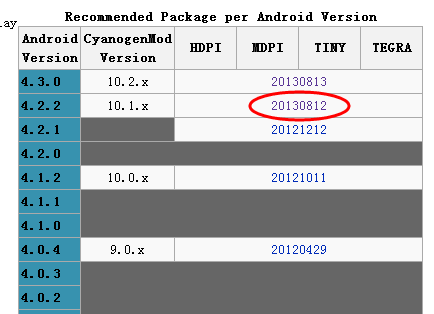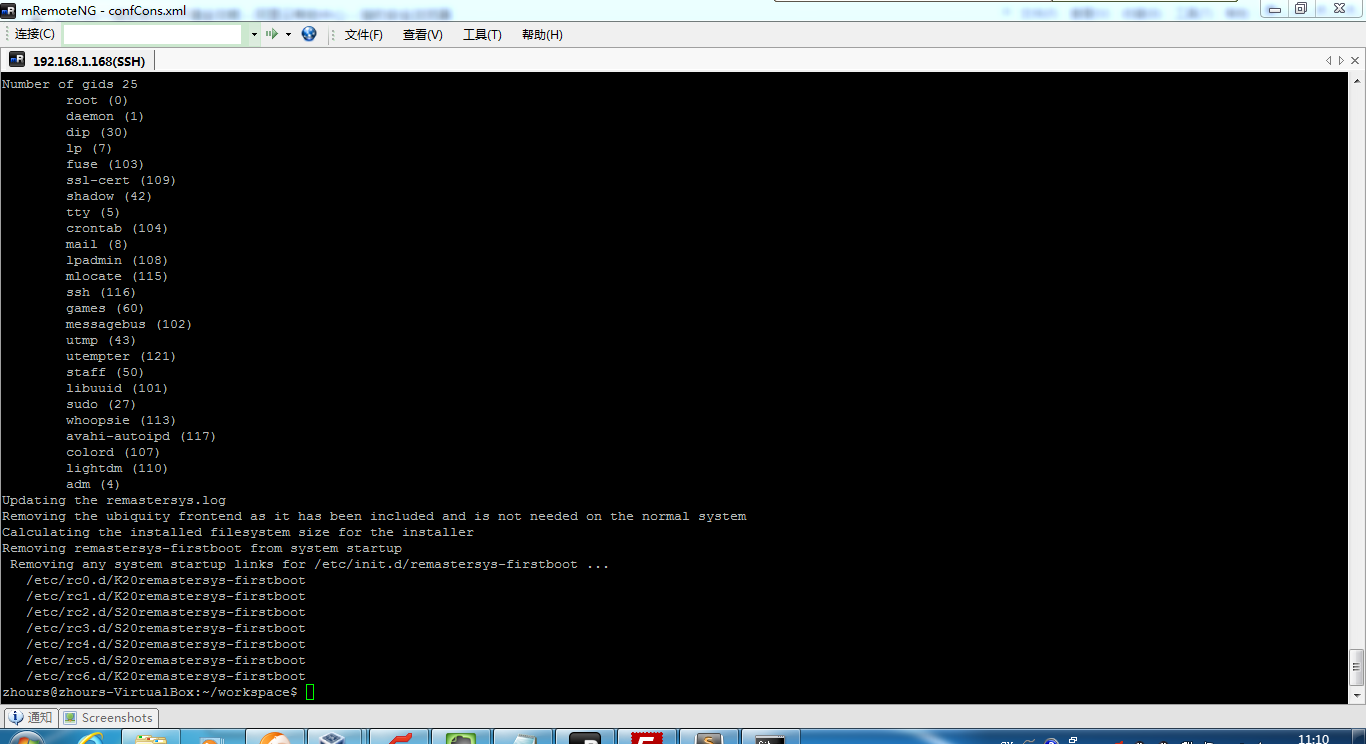AOP通俗来讲,就是在不改变既有代码的基础上增加新功能,比如常用的地方有日志记录,可能我们已经上线了产品,代码也已经进行了发布,如何在此种情况下,增加log记录,打印出后台函数的调用记录,参数传递情况等等。在面向对象的设计过程中,已经有其他的方式可以利用,比如继承,组合,代理等,但是相对于AOP来说,都没有后者灵活。本文基于JavaScript语言进行介绍。
Aspect Oriented Programming (AOP) is a technique for augmenting the behavior of objects, methods, and functions non-invasively. AOP allows you to add new behaviors and to combine and modify existing behaviors "from the outside".
While there are many techniques for adding and combining behavior, such as inheritance, composition, and delegation, AOP can prove to be more flexible and less invasive in many situations, and it is a worthwhile addition to your toolbox of techniques.
To see how it works, let's look at a simple example.
Imagine our codebase contains the following simple object.
1 2 3 4 5 6 7 8 9 | function Thing() {} Thing.prototype.doSomething = function(x, y) { var result; // compute some result using x and y return result; }; |
function Thing() {}
Thing.prototype.doSomething = function(x, y) {
var result;
// compute some result using x and y
return result;
};Imagine that we use many instances of the object throughout our application via code that looks something like the following.
1 2 3 4 5 | var thing = new Thing(); // some time later, and possibly even in // another part of the application var result = thing.doSomething(x, y); |
var thing = new Thing(); // some time later, and possibly even in // another part of the application var result = thing.doSomething(x, y);
Adding behavior
Now imagine that we suspect that Thing.prototype.doSomething is the source of performance problems, and we'd like to log profiling information about its inputs, x and y, the time it takes to compute result, and the value of the result.
Modifying all the call sites【修改调用代码】
One approach would be to log data in every spot that Thing.prototype.doSomething is called:
1 2 3 4 5 | var start = Date.now(); var result = thing.doSomething(x, y); console.log((Date.now() - start) + 'ms', x, y, result); |
var start = Date.now(); var result = thing.doSomething(x, y); console.log((Date.now() - start) + 'ms', x, y, result);
Obviously, if Thing.prototype.doSomething is used many times in the application, this could be a lot of cut and paste. You might miss some places, or worse yet, you might forget to remove some after collecting the data.
Modifying the source【修改源代码】
Another approach would be to modify the source of Thing:
1 2 3 4 5 6 7 8 9 10 11 | Thing.prototype.doSomething = function(x, y) { var result; var start = Date.now(); // compute some result using x and y console.log((Date.now() - start) + 'ms', x, y, result); return result; }; |
Thing.prototype.doSomething = function(x, y) {
var result;
var start = Date.now();
// compute some result using x and y
console.log((Date.now() - start) + 'ms', x, y, result);
return result;
};While this centralizes the change, it is also still fairly invasive: it requires changing the source code of Thing. Imagine ifThing.prototype.doSomething were a more complex method, with multiple return points and a few try/catch/finallyblocks. It could be non-trivial to modify the code in a way that allows you to collect the data you want without changing the method's behavior.
If you ever wanted to profile other methods in a similar way, you would need to change their source code as well.
Using inheritance【使用继承】
Yet another approach would be to use inheritance to avoid modifying Thing's source:
1 2 3 4 5 6 7 8 9 10 11 12 13 14 15 | function ProfiledThing() { Thing.apply(this, arguments); } ProfiledThing.prototype = Object.create(Thing.prototype); ProfiledThing.prototype.doSomething = function() { var start = Date.now(); var result = Thing.prototype.doSomething.apply(this, arguments); console.log((Date.now() - start) + 'ms', x, y, result); return result; } |
function ProfiledThing() {
Thing.apply(this, arguments);
}
ProfiledThing.prototype = Object.create(Thing.prototype);
ProfiledThing.prototype.doSomething = function() {
var start = Date.now();
var result = Thing.prototype.doSomething.apply(this, arguments);
console.log((Date.now() - start) + 'ms', x, y, result);
return result;
}This approach avoids modifying Thing's source, but has a significant problem: it requires changing every spot in the code that constructs a new Thing(), to construct a new ProfiledThing() instead.
There are ways to mitigate this problem, but by now it should be becoming clear that there simply has to be a better way to introduce this profiling behavior.
Unrelated Concerns
An interesting characteristic of this profiling behavior is that it is unrelated to Thing's primary purpose. It is a side effect.
Thing has most likely been created to solve a particular problem in a particular domain. The solutions above attempt to introduce this unrelated behavior into Thing's domain, and it's highly likely that Thing's problem domain has nothing to do with profiling.
Thing need not know anything about profiling to do its job, but the solutions above force profiling concerns directly intoThing's domain.
What we need is a technique that allows us to introduce this kind of behavior in a controlled, non-invasive way. That is, a way that makes strong guarantees about preserving Thing's behavior, and without requiring that we modify Thing's source code or every bit of code that creates or consumes a Thing.
Enter AOP【使用AOP】
AOP, as we said above, is a technique for augmenting behavior non-invasively. In JavaScript, it is quite simple. You don't necessarily even need tools or a library to apply it, although they certainly help, as does any tool or library that helps you apply a reusable pattern.
If you've ever done the following, you've done AOP in JavaScript:
1 2 3 4 5 6 7 8 | var origDoSomething = thing.doSomething; // Method replacement is a simple form of AOP thing.doSomething = function() { doSomethingElseFirst(); return origDoSomething.apply(this, arguments); } |
var origDoSomething = thing.doSomething;
// Method replacement is a simple form of AOP
thing.doSomething = function() {
doSomethingElseFirst();
return origDoSomething.apply(this, arguments);
}This effectively adds behavior to thing.doSomething. Now, when thing.doSomething is called, it willdoSomethingElseFirst, and then perform the original behavior.
In AOP parlance, We can say that doSomethingElseFirst is a behavior aspect that has been applied tothing.doSomething. Specifically, doSomethingElseFirst is called "before advice" ... that is, we have advisedthing.doSomething that it should doSomethingElseFirst before doing it's original job. AOP implementations typically provide many advice types, such as before, after, afterReturning, afterThrowing, and around.
There are several important things to note about this simple example:
- The source code of Thing hasn't been modified.
- The consumers of thing do not need to change.
- The behavior of the original doSomething, i.e. its contract has been preserved.
- Thing has no knowledge of doSomethingElseFirst, and no dependency on it. Thus, Thing's unit tests do not need to be updated. Of course, we need to write unit tests for doSomethingElseFirst, but any new code requires unit tests.
AOPing the example【基于AOP的实现】
Let's use a similar approach to AOP to add profiling to all the Things.
1 2 3 4 5 6 7 8 9 10 11 | var origDoSomething = Thing.prototype.doSomething; Thing.prototype.doSomething = function() { var start = Date.now(); var result = origDoSomething.apply(this, arguments); console.log((Date.now() - start) + 'ms', x, y, result); return result; } |
var origDoSomething = Thing.prototype.doSomething;
Thing.prototype.doSomething = function() {
var start = Date.now();
var result = origDoSomething.apply(this, arguments);
console.log((Date.now() - start) + 'ms', x, y, result);
return result;
}We've again used the method replacement technique, but this time we've replaced a method on Thing's prototype. AllThing instances will have this new, profiling version of doSomething. This type of aspect is called "around" advice because it does something both before and after (thus, "around") the original method.
While this looks very similar to the inheritance example above, there is one very important difference: We've not introduced a new constructor, and thus consumers of Thing do not need to change.
AOP in practice
Non-invasively adding profiling to a single method of a single prototype is a simple way to show how AOP can be applied easily in JavaScript, but the technique can be used to do much more sophisticated and interesting things, such as:
- Collect profiling data about an entire application
- Trace program execution to visualize the call tree
- Automatically retry failed asynchronous I/O, such as XHR or database queries
- Connect collaborating components in an application in a loosely coupled way without using events or pubsub.
In upcoming tutorials, we'll look at more examples of how to apply AOP, and the kinds of problems it is good at solving.






